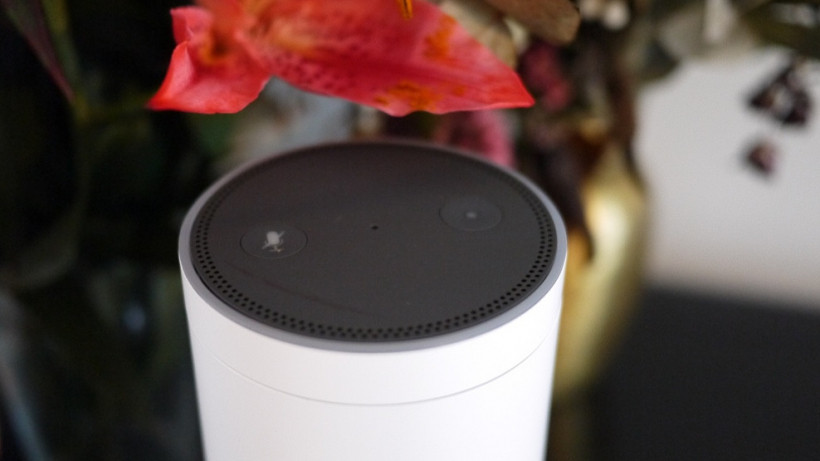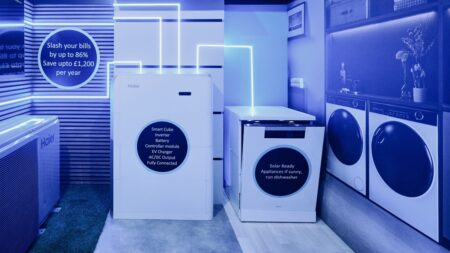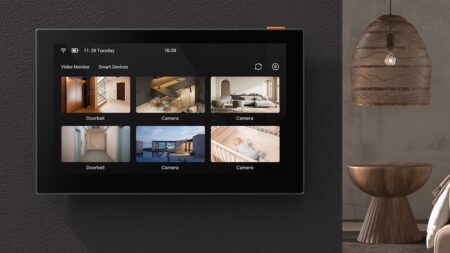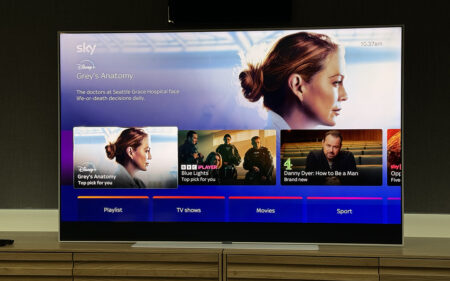And Amazon’s not the only one killing it
For a long time, the smart home hub served a simple purpose: to get everything speaking the same language. By having all our devices on the same wavelength, the smart home hub has kept us from dancing from app to app, while the languages being spoken – whether that’s Zigbee, Z-wave or another – have meant devices needn’t rely on power-hungry Wi-Fi.
But as the world of the smart home is changing, so too are our notions of what a “hub” actually is. The smart home market is maturing, with more integrations (think TVs, smart speakers and the like) and better adoption of standards. The death of the dedicated smart home hub seems an inevitable symptom.
Read this: Get started with the smart home
And it’s already happening. Alexa, Assistant and Siri, and the various boxes and cylinders they inhabit, serve more as middle-men than smart home controllers, but that’s starting to change: Amazon’s Echo Plus goes a step further than its contemporaries by packing a Zigbee radio inside (but sadly no Z-wave), letting the speaker communicate directly with a range of smart home devices.
The downside of controlling it this way is that you lose some of the options and nuances you get when using a dedicated hub like the Philips Hue hub; dedicated hubs still have the benefit of letting users craft more sophisticated rules. But make no mistake, Amazon’s integration is going to be the start of a trend we’ll see continue to play out in 2018.
It’s just getting started, and it seems like just a matter of time before Google starts supporting smart home protocols in its speakers too.
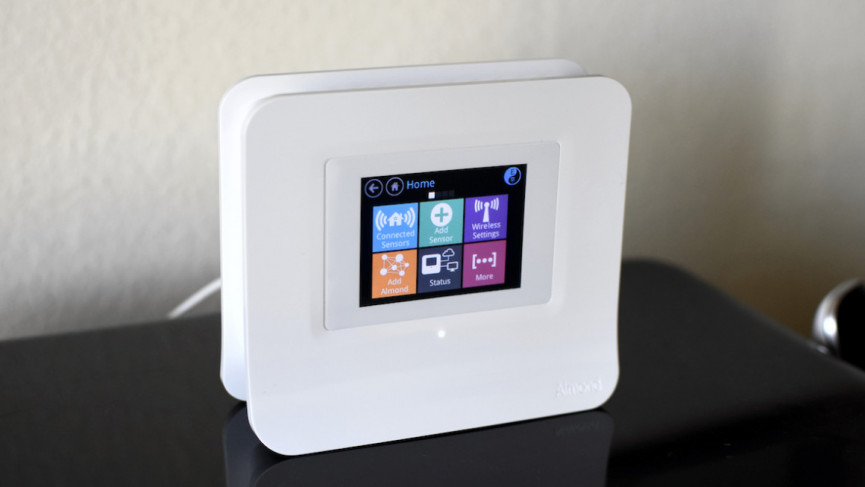
Another integration we’re seeing is with hubs and routers, like the Samsung Connect Home or the Almond 3, which roll both these elements into the same box. Similarly you can look at what’s happening with smart TVs and the way manufacturers are starting to turn these into hubs of sorts. More and more, these integrations will make the idea of a dedicated box seem antiquated.
When Amazon and Google are stuffing Zigbee and Z-wave support into all their smart speakers, with the same scope of control a dedicated hub currently allows, it’ll be curtains for the little plastic box. Not to mention that dedicated hubs feel less future-proofed. Remember when Nest pulled the plug on its Revolv smart hubs in 2016? Overnight, a $300 hub turned into a plastic brick. As devices and standards converge, the risks of superfluous brick-buying become less.
The latest research reckons we’re all going to be buying a hell of a lot of smart products – more than 485 million devices in 2021 – while smart speaker ownership is rocketing. But even within the industry there’s a feeling that the smart home is still too complicated. Absorbing the hub into more sellable devices seems like an obvious way to help simplify it, until the idea of buying a standalone device solely to make other devices talk to one another becomes inconceivable.
What exactly the hub will become is hard to see – chances are, it will be many things – but there’s no doubt that, in its current form, its days are numbered.


